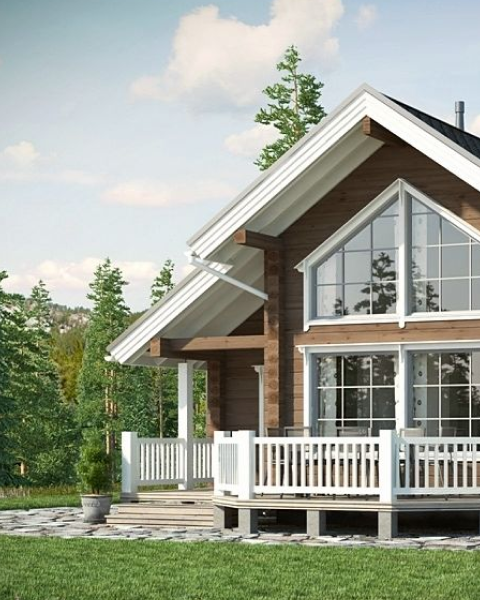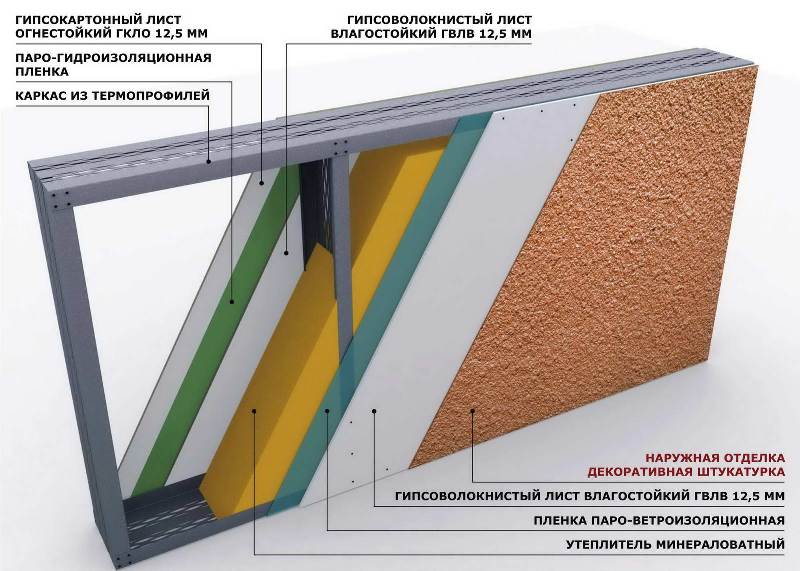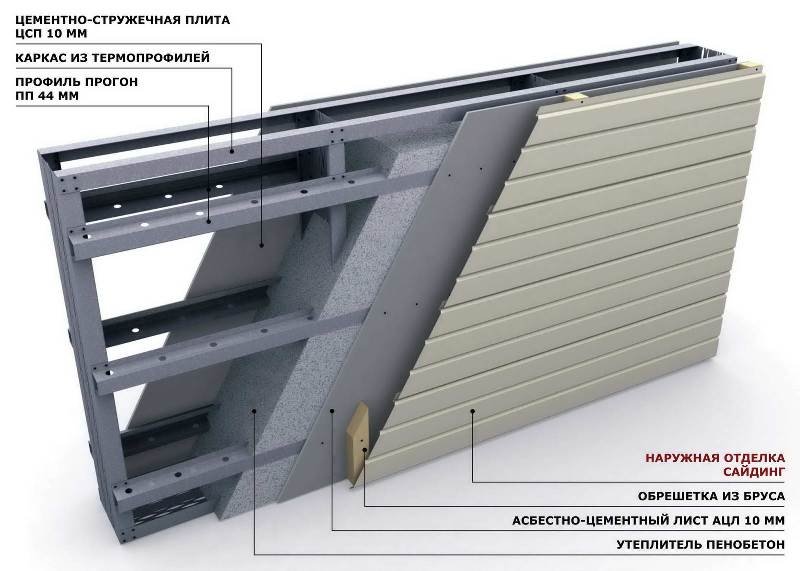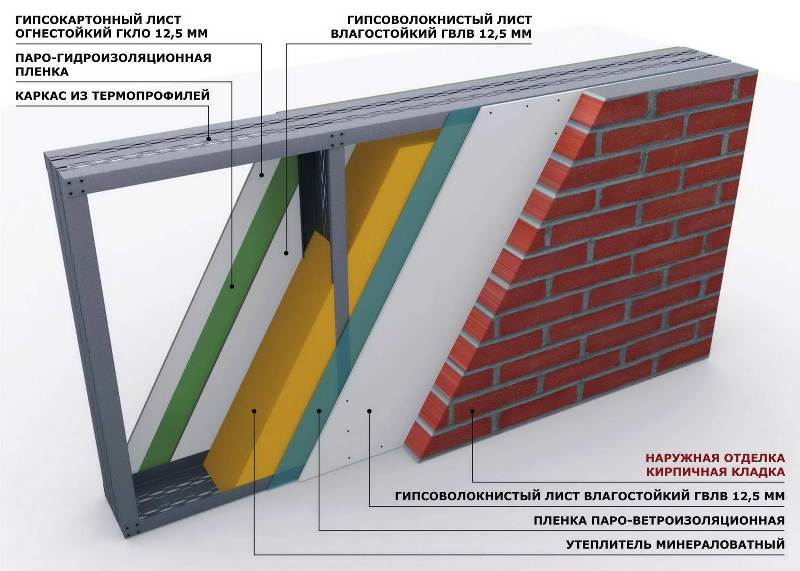History of technology
As you know, LSTK is a priority construction technology for us, on which we have focused. Many people mistakenly believe that this is some kind of very new and "unfinished" technology, especially in Russia. But the history of LSTK may surprise you greatly!
In the early 50s of the 20th century, a certain unknown LSTK technology appeared in Canada, and by the mid-50s it had become so popular that almost all Canadians began to use it, instead of wooden frames. In cities, it was even difficult to find a house built of a wooden frame.
Why has the LSTK become so popular? At that time, houses burned much more often, and special means to increase the fire resistance of a wooden frame did not yet exist, which is largely why people began to pay attention to the LSTK design, which does not burn, and besides, it is cheaper. Over time, US residents began to use this technology more often.
- When the technology first appeared, it was used exclusively in industrial facilities, because it had one significant drawback - the frame froze through. Consequently, at first it was not very good to build country houses using the LSTK technology. Who needs a cold home?
But the technology was quickly improved! A thermal profile was developed, which, thanks to special thermal penetrations, brilliantly solved the problem of freezing. And with the advent of high-quality insulation, such as stone wool. Houses made of LSTK have become even warmer than brick houses.
Unfortunately, not all people want to delve into technology and understand how it works. They see that the house is made of metal and immediately conclude that the house is freezing. People who delve into technology and subsequently choose it, get a cheaper and warmer house.
- The history of LSTK is more than 60 years old. But if in the West the technology has been studied by people from and to, then in Ukraine they are still skeptical about thin walls. Largely due to the harsh climate and our mentality.
True, little by little, the younger generation is showing interest in technology and no doubt they are building houses from LSTK. In Ukraine, there are really few companies capable of building a high-quality house from a galvanized thermal profile. We are responsible for the quality and give guarantees that the house will stand for a long time and it will be comfortable to live in it! Do not believe me, we are always waiting for you in our office.










